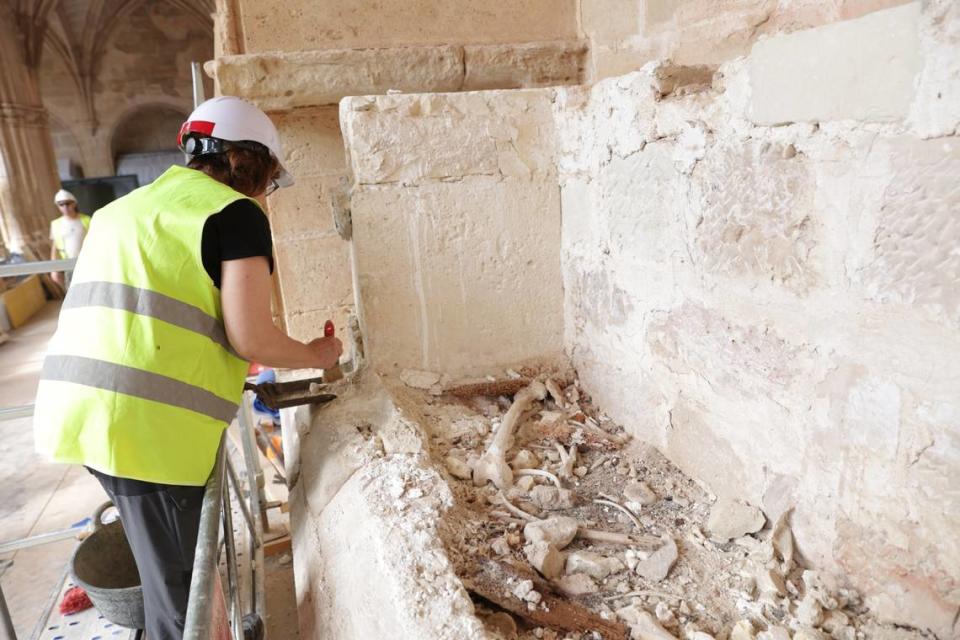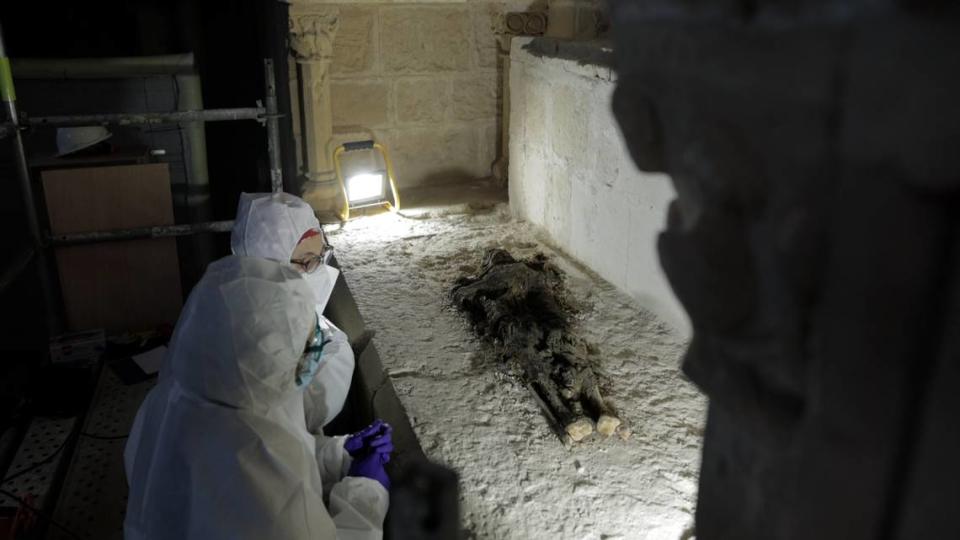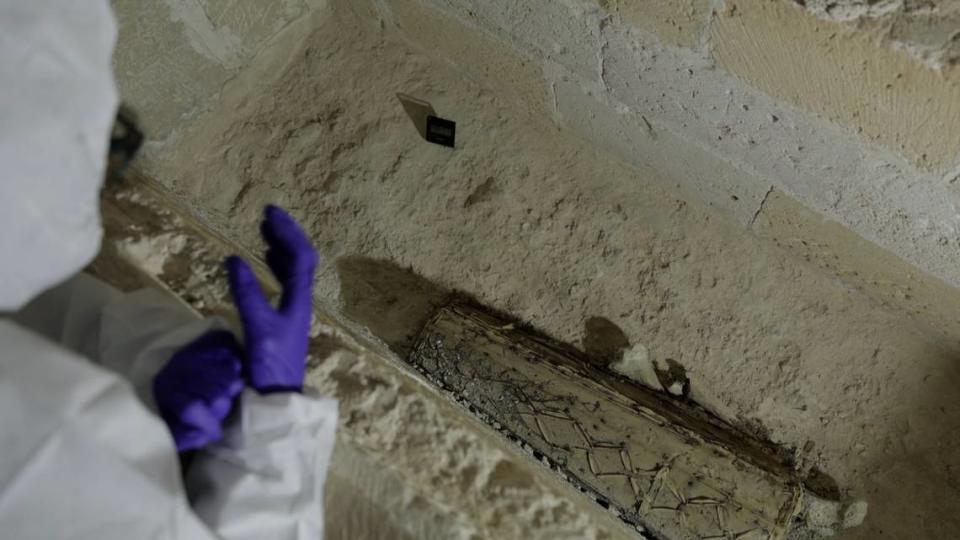
Accident – Death – Obituary News :
Exploring the Royal Monastery of Santes Creus in Spain
A century after century, conversations echoed against the archways of a monastery in Spain. Footsteps shuffled through. Sunlight came and went. Throughout it all, several stone sarcophagi sat in the wall — undisturbed until now.
Archaeologists began restoration work at the Royal Monastery of Santes Creus last April, the Catalonia Department of Culture said in a recent news release. The monastery, located about 40 miles west of Barcelona, is a historic landmark in the Catalonia region.
Unveiling the Secrets of the Cloister
As part of the restoration project, archaeologists opened six stone sarcophagi built into one of the walls in a room known as the cloister. This room is famous for housing the tombs of several noble families from the 1300s. The massive and elaborate stone coffins were hard to miss, capturing the attention of the restoration team.


Uncovering Noble Remains
Archaeologists made a surprising discovery when they opened the sarcophagi. Contrary to their expectations, the 600-year-old coffins were not empty. Well-preserved human remains were found inside, shedding light on the history of the monastery.
According to archaeologist Josep Maria Vila, the presence of intact human remains inside the sarcophagi was unexpected. The burials were found undisturbed, offering a glimpse into the past as the monks had left them.


Unraveling the Mysteries of the Past
Upon further examination, archaeologists identified the remains as those of eight individuals belonging to Catalan nobility from the 13th and 14th centuries. The intricate “coats of arms” carved on the sarcophagi helped in the identification process, revealing the social status of the deceased.
Photos captured the contents of the 600-year-old coffins, showcasing fragments of fabric and other textiles still present in some burials. The team continues to analyze the remains to learn more about the individuals, their lifestyles, and the circumstances surrounding their deaths.


With ongoing restoration work at the Royal Monastery of Santes Creus, the archaeological team aims to uncover more secrets hidden within the ancient walls. The monastery continues to be a treasure trove of historical significance, providing valuable insights into the past.
Google Translate was used to translate the news release from the Catalonia Department of Culture.
.



